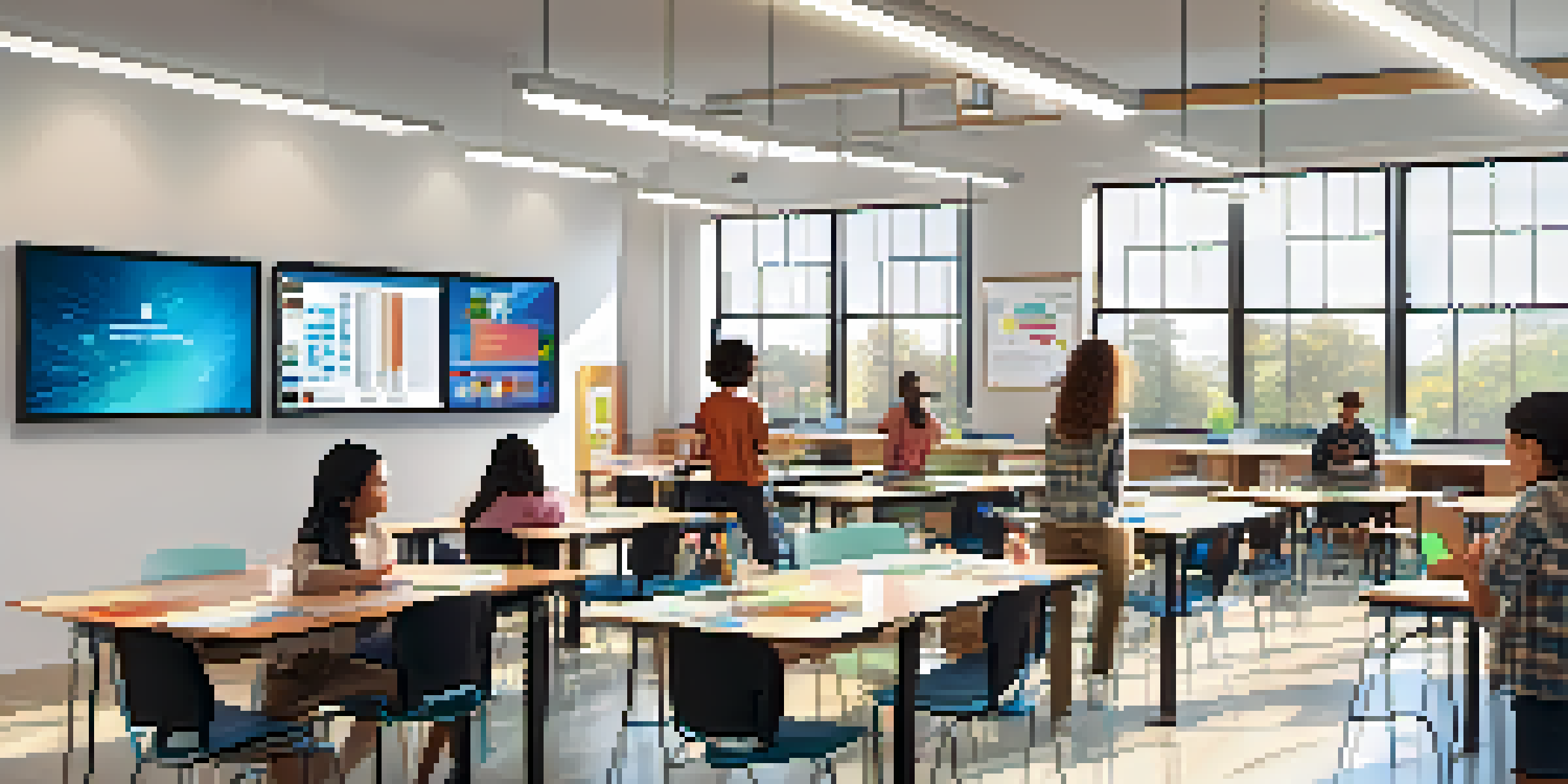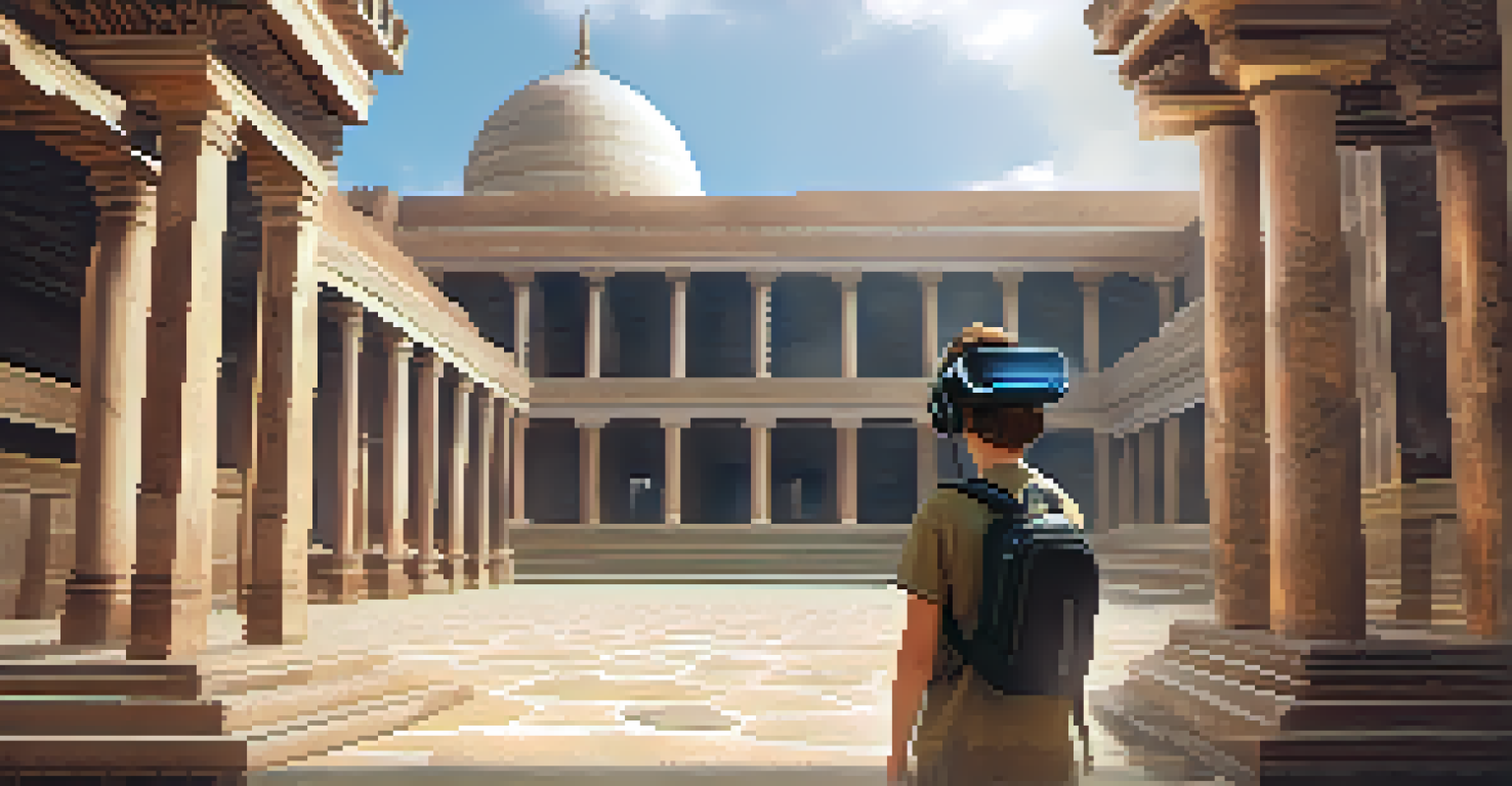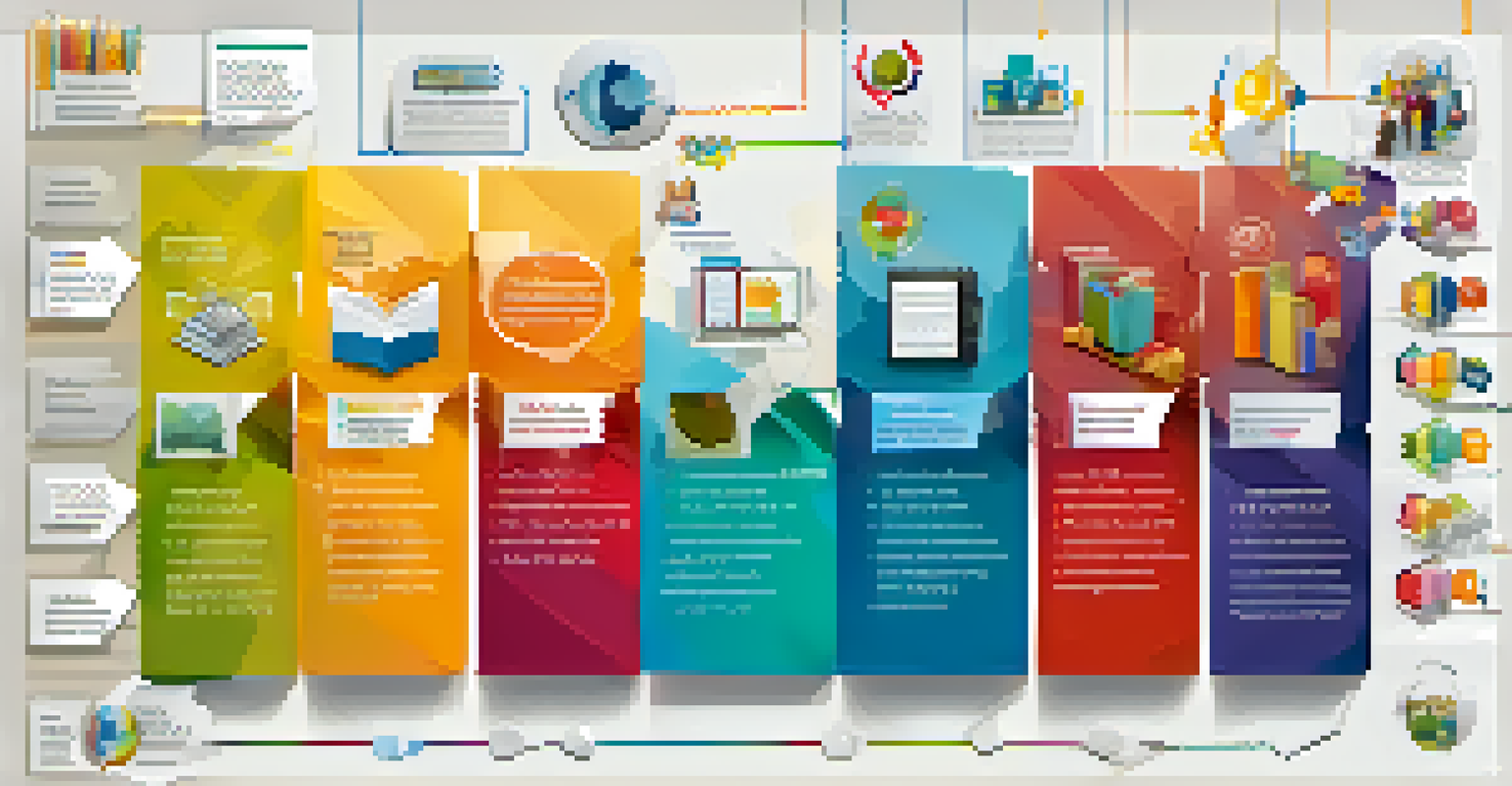Enhancing Learning Experience Design with Visual Storytelling

Understanding Learning Experience Design (LXD)
Learning Experience Design, or LXD, is a holistic approach to creating educational experiences that engage learners. It goes beyond traditional teaching methods by focusing on how learners interact with content and the environment. By prioritizing user experience, LXD aims to make learning not just informative but also enjoyable and effective.
Tell me and I forget, teach me and I remember, involve me and I learn.
Consider a classroom where students are not just passive recipients of information but active participants in their learning journey. In such an environment, the design of learning experiences becomes crucial, as it influences motivation, retention, and overall satisfaction. By integrating techniques like visual storytelling, educators can significantly enhance this experience.
In essence, effective LXD takes into account the needs, preferences, and emotions of learners, shaping an environment where education feels relevant and engaging. This is where the power of visual storytelling comes into play, serving as a bridge between content and learner engagement.
The Power of Visual Storytelling in Education
Visual storytelling is the art of conveying ideas through images, videos, and graphics that resonate with audiences. In education, this technique can transform complex concepts into relatable narratives, making them easier to grasp. For instance, using infographics to illustrate data trends can provide clarity and enhance understanding.

Imagine explaining a scientific concept through a short animated video instead of a textbook. The visual representation not only captures attention but also aids in retention by linking information with memorable images. This approach taps into our natural inclination to process visuals quickly, making learning more efficient.
LXD Enhances Learning Engagement
Learning Experience Design focuses on creating educational experiences that actively engage learners, making education enjoyable and effective.
Furthermore, visual storytelling can evoke emotions, creating a deeper connection to the material. When learners see stories that reflect their experiences or aspirations, they are more likely to engage with the content, fostering a sense of belonging and understanding.
Creating Effective Visual Narratives
To develop impactful visual narratives, it's essential to start with a clear message. What do you want your learners to take away? Once you have your core message, you can design visuals that enhance this narrative, whether through illustrations, videos, or multimedia presentations. The key is to ensure that every visual element serves a purpose.
The future of learning is not about technology, it’s about how we can use technology to create engaging and effective learning experiences.
For example, if teaching a historical event, create a timeline graphic that highlights significant moments. This not only organizes information but also helps learners visualize the sequence of events, making them easier to remember. Incorporating storytelling elements, like characters or conflicts, can also make the lesson more engaging.
Incorporating diverse visual formats is vital too. Mixing static images with interactive elements, such as quizzes or polls, can cater to various learning styles. This variety keeps learners engaged and encourages them to interact with the content in meaningful ways.
Incorporating Multimedia for Enhanced Learning
Multimedia refers to the integration of various content forms, such as text, audio, images, and video, to create a richer learning experience. By incorporating multimedia into LXD, educators can cater to different learning preferences and keep content dynamic. For instance, a lesson might include a podcast episode, an infographic, and a video to cover the same topic.
Consider how a cooking class can leverage multimedia: a video demonstrating techniques, alongside a downloadable recipe with images and tips, would serve learners much better than text alone. This multisensory approach allows learners to engage with content in varied ways, reinforcing their understanding.
Visual Storytelling Simplifies Concepts
Using visual storytelling transforms complex ideas into relatable narratives, helping learners grasp and retain information more easily.
Moreover, the use of interactive multimedia can foster collaboration among learners. Tools like virtual whiteboards or discussion forums encourage learners to share their insights and experiences, making the learning process more communal and less isolated.
Engaging Learners Through Interactive Visuals
Interactive visuals invite learners to participate actively in their learning journey. This can include anything from clickable diagrams to immersive simulations. By encouraging learners to explore content through interaction, you can foster a sense of ownership over their learning.
For example, an interactive map can help students understand geography by allowing them to explore different regions, climates, and cultures. This hands-on experience not only makes learning fun but also helps reinforce concepts through exploration and discovery.
Additionally, interactive visuals can provide instant feedback, which is crucial for learning. When learners see the results of their actions, they can adjust their understanding in real-time, making the learning experience more effective and responsive.
Assessing the Impact of Visual Storytelling
To truly understand the effectiveness of visual storytelling in learning experiences, assessment is key. Gathering feedback from learners about their engagement and comprehension can provide valuable insights into what works and what doesn't. Surveys, quizzes, and discussions can all serve as tools for this assessment.
For instance, after a lesson that utilized visual storytelling, educators might ask students to reflect on how the visuals helped them understand the material. This not only reinforces the learning but also provides an opportunity for learners to articulate their thoughts and feelings about the experience.
Interactive Multimedia Boosts Learning
Incorporating multimedia and interactive visuals fosters active participation, catering to diverse learning preferences and enhancing understanding.
Analyzing this feedback allows educators to refine their approaches continually. By understanding what resonates with learners, they can tailor future lessons to maximize engagement and effectiveness, ensuring that visual storytelling remains a powerful tool in their educational toolkit.
Future Trends in Learning Experience Design
As technology continues to evolve, so too does the landscape of Learning Experience Design. Emerging trends like augmented reality (AR) and virtual reality (VR) are beginning to play a significant role in how we approach visual storytelling in education. These technologies offer immersive experiences that can transport learners to new worlds, enhancing engagement and retention.
Imagine learning about ancient civilizations by walking through a virtual replica of a historical site. Such experiences not only captivate learners but also provide context that traditional methods often lack. This immersive element can lead to deeper connections with the content and a more profound understanding of complex concepts.

Looking ahead, the integration of AI in educational tools could further personalize learning experiences. By analyzing learner data, AI can suggest tailored visual content, ensuring that each learner receives a unique and engaging experience that meets their specific needs.